 Welcome
Welcome
“May all be happy, may all be healed, may all be at peace and may no one ever suffer."
Testicular torsion

Testicular torsion is a medical emergency that occurs when the spermatic cord, which supplies blood to the testicle, becomes twisted, cutting off the blood flow to the testicle. Testicular torsion is most common in young boys and teenagers, but it can occur at any age.
The most common symptoms of testicular torsion include severe pain, swelling, and redness in one of the testicles. The affected testicle may also be higher than the other testicle and may be painful to the touch. In some cases, nausea and vomiting may also occur.
Testicular torsion is a medical emergency and requires immediate medical attention. If left untreated, the lack of blood flow to the testicle can cause irreversible damage and may require removal of the affected testicle.
Treatment for testicular torsion typically involves surgery to untwist the spermatic cord and restore blood flow to the testicle. In some cases, the affected testicle may need to be removed if it has sustained too much damage. In some cases, surgery may be done on both testicles to prevent future episodes of torsion.
Prevention of testicular torsion involves taking steps to protect the testicles from injury and trauma, such as wearing protective gear during sports and other activities. It is also important to seek medical attention promptly if you experience any symptoms of testicular torsion or other testicular problems. Early detection and treatment can help prevent complications and improve the chances of a full recovery.
Research Papers
Disease Signs and Symptoms
- Testicle pain
- Swollen testicle
- Abdomen pain
- Nausea or vomiting
- Frequent urination
- Fever
Disease Causes
Testicular torsion
Testicular torsion occurs when the testicle rotates on the spermatic cord, which brings blood to the testicle from the abdomen. If the testicle rotates several times, blood flow to it can be entirely blocked, causing damage more quickly.
It's not clear why testicular torsion occurs. Most males who get testicular torsion have an inherited trait that allows the testicle to rotate freely inside the scrotum. This inherited condition often affects both testicles. But not every male with the trait will have testicular torsion.
Testicular torsion often occurs several hours after vigorous activity, after a minor injury to the testicles or while sleeping. Cold temperature or rapid growth of the testicle during puberty also might play a role.
Disease Prevents
Testicular torsion
Having testicles that can rotate in the scrotum is a trait inherited by some males. If you have this trait, the only way to prevent testicular torsion is surgery to attach both testicles to the inside of the scrotum.
Disease Treatments
Surgery is required to correct testicular torsion. In some instances, the doctor might be able to untwist the testicle by pushing on the scrotum (manual detorsion). But you'll still need surgery to prevent torsion from occurring again.
Surgery for testicular torsion is usually done under general anesthesia. During surgery, your doctor will make a small cut in your scrotum, untwist your spermatic cord, if necessary, and stitch one or both testicles to the inside of the scrotum.
The sooner the testicle is untwisted, the greater the chance it can be saved. After six hours from the start of pain, the chances of needing testicle removal are greatly increased. If treatment is delayed more than 12 hours from the start of pain, there is at least a 75 percent chance of needing testicle removal.
Testicular torsion in newborns and infants
Testicular torsion can occur in newborns and infants, though it's rare. The infant's testicle might be hard, swollen or a darker color. Ultrasound might not detect reduced blood flow to the infant's scrotum, so surgery might be needed to confirm testicular torsion.
Treatment for testicular torsion in infants is controversial. If a boy is born with signs and symptoms of testicular torsion, it might be too late for emergency surgery to help and there are risks associated with general anesthesia. But emergency surgery can sometimes save all or part of the testicle and can prevent torsion in the other testicle. Treating testicular torsion in infants might prevent future problems with male hormone production and fertility.
Disease Diagnoses
Disease Allopathic Generics
Disease Ayurvedic Generics
Disease Homeopathic Generics
Disease yoga
Testicular torsion and Learn More about Diseases

Genital warts
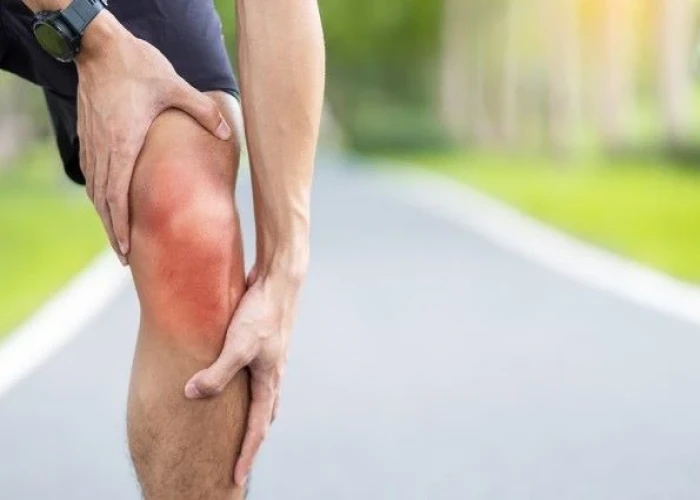
Patellar tendinitis
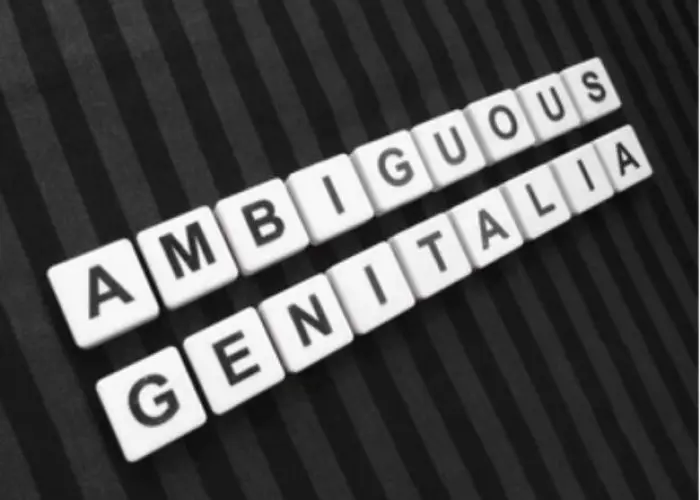
Ambiguous genitalia

Dementia
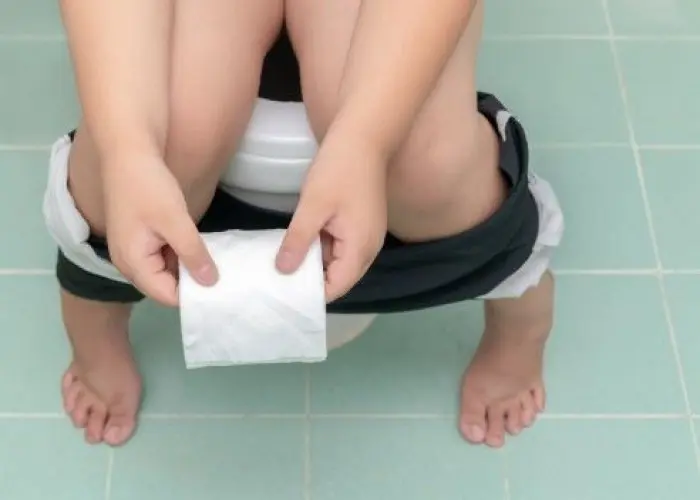
Diarrhea
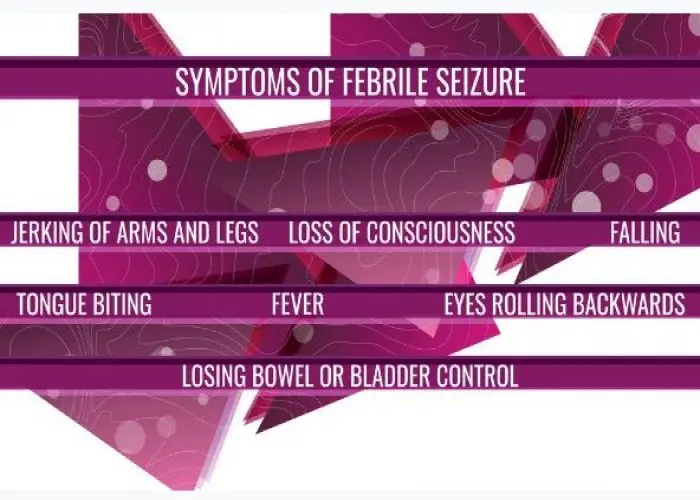
Febrile seizure

Heatstroke
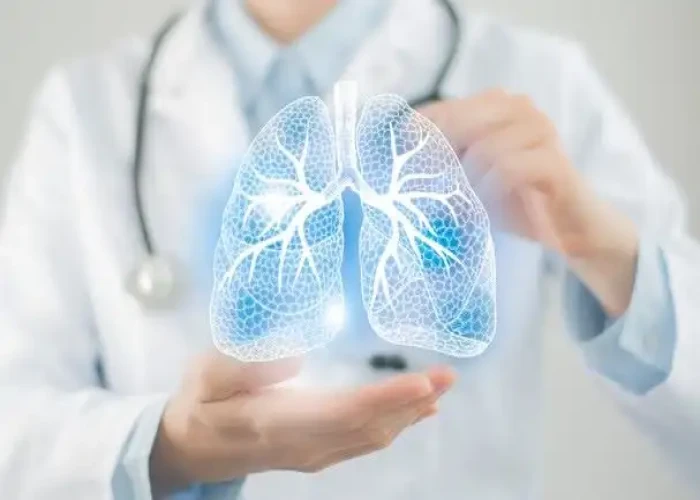
Sarcoidosis
testicular torsion, টেস্টিকুলার টর্জন
To be happy, beautiful, healthy, wealthy, hale and long-lived stay with DM3S.
